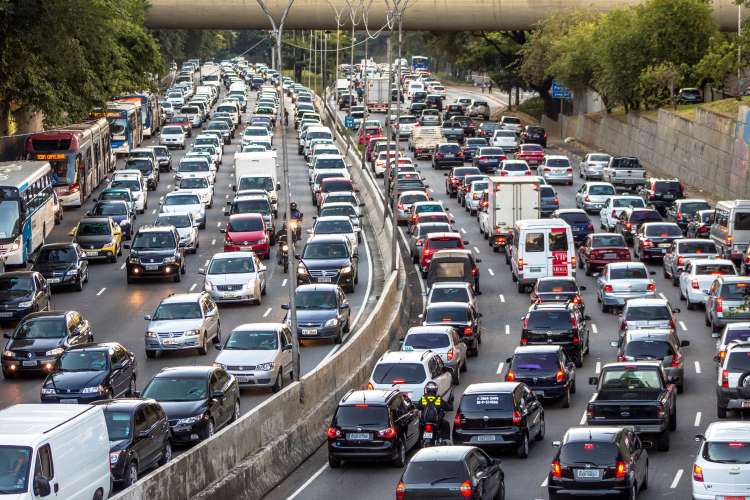Introduction
The functional effectiveness of a highway is measured in terms of its ability to assist and accommodate the flow of vehicles with both safety and efficiency. In order to measure its level of effectiveness, certain parameters associated with the highway must be measured and analysed. These properties include:
· The quantity of traffic
· The type of vehicles within the traffic stream
· The distribution of flow over a period of time (usually 24 hours)
· The average speed of the traffic stream
· The density of the traffic flow.
Analysis of these parameters will directly influence the scale and layout of the proposed highway, together with the type and quantity of materials used in its construction. This process of examination is termed traffic analysis and the sections below deal with relationships between the parameters which lie at its basis.
Speed, flow and density of a stream of traffic
The traffic flow, q, a measure of the volume of traffic on a highway, is defined as the number of vehicles, n, passing some given point on the highway in a given time interval, t, i.e.:

where the traffic density, k, is a measure of the number of vehicles, n, occupying a length of roadway, l.
For a given section of road containing k vehicles per unit length l, the average speed of the k vehicles is termed the space mean speed u (the average speed for all vehicles in a given space at a given discrete point in time).
Therefore:

This constitutes the basic relationship between traffic flow, space mean speed and density.


